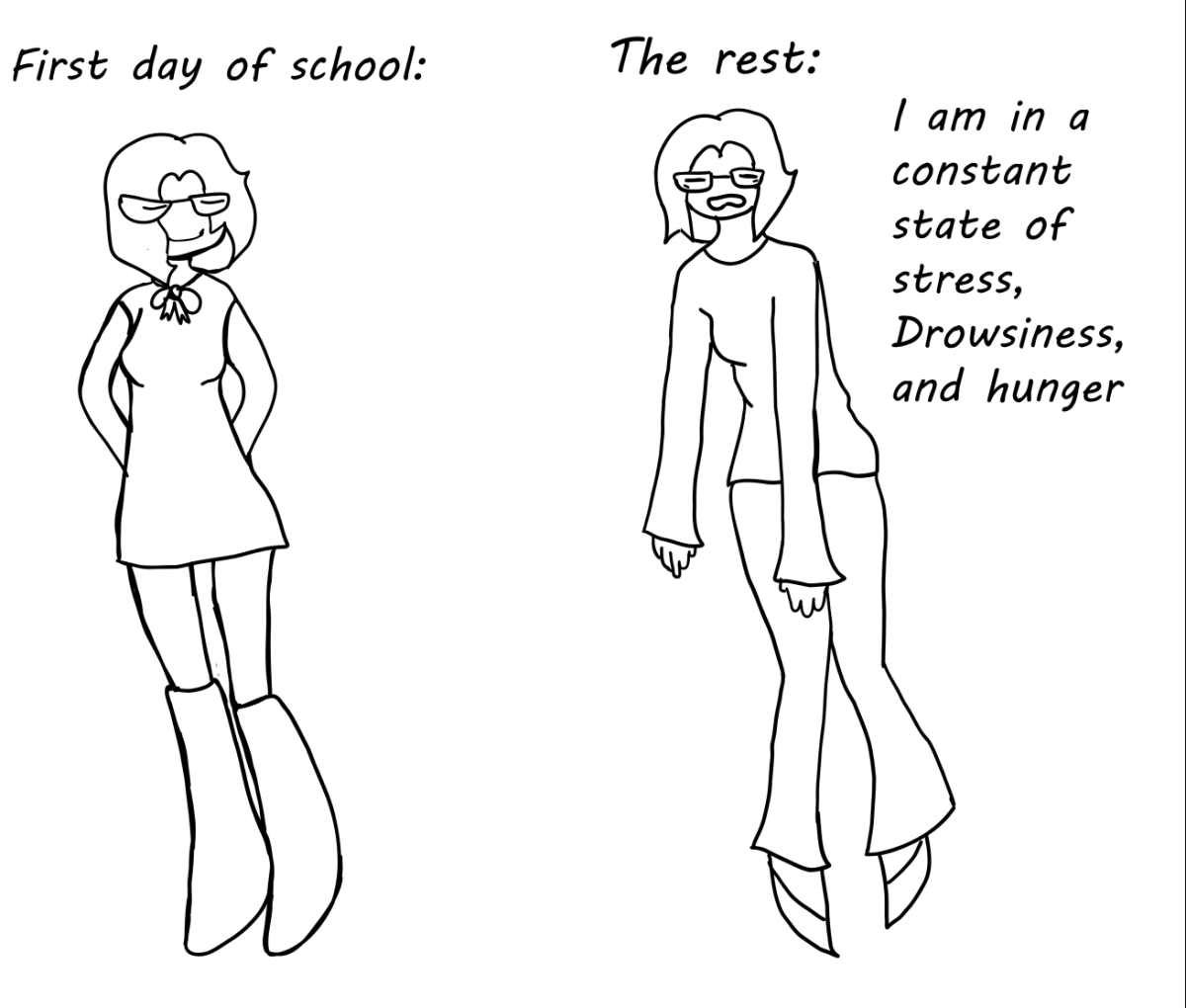Washington classrooms have reached a state of normalcy, yet dips in student mental health and motivation have been slow to recover. School, for many, has taken a backseat to the weight of students’ personal situations. According to the Seattle Times, 33% of Washington students were chronically absent during the 2021-2022 school year. Lessons ramping up to pre-pandemic rigor have students stressed.
Add to that, the rise of ChatGPT and other AI language models demanding a shift in the classroom; Washington schools remain in limbo, clear rules surrounding AI remain uncertain, and some students have turned to misuse AI amid academic fatigue.
Chris Reykdal, the superintendent of public instruction in Washington, believes the lean towards AI is positive – a glimpse into the future of high school education.
“We’re shrinking the time where the content comes to the student, and I think we should stop pretending like that’s a bad thing,” said Reykdal. “It is a lot less anxiety for the volumes of homework that are building across the country for students.”
The problem of student engagement and stress, however, will not resolve itself. A King 5 article shows a 6% drop in student enrollment in public schools since the 2019-2020 school year. Students have turned to homeschooling and Reykdal recognizes the roots of the issue, the largest being the current school structure.
“Let’s stop prescribing so much,” said Reykdal. One may be “interested in journalism or writing or some other career, but we make you take the same science and math sequences as somebody who’s going to be an engineer.”
Students have to push through unspecified prescribed classes until their junior or senior year, Reykdal explains. It’s tempting to make ChatGPT write a paragraph about the influence of Shakespeare when the student has their mind set on becoming an auto shop mechanic. If a student knows they want to pursue a technical career, they could be able to earn academic credit without stressful classes unrelated to their pathway.
“There are people saying ‘not only should my student get a little more choice, but what’s wrong with demonstrating their knowledge in ways that are different than sitting and taking quizzes or assessments?’” said Reykdal. “There’s these real world skills that people have been trying to turn into academic lessons, and a growing number of people are just like ‘let the student go to work,'” said Reykdal.
Significantly increasing student engagement could boil down to giving students more freedom in what classes they take and giving credit for practicing and demonstrating technical skills without “going through the hoops,” as described by Reykdal.
Implementing AI into classrooms instigates changes that Reykdal believes students will welcome, as it gives technology the heavy lifting and leaves the student room for critical discussion. Whether one regards the research process as tedious or indispensable, there’s no doubt that it will change as AI cements itself as an educational instrument.
“Gone is the day of ‘hey, this is a big culminating assignment worth 80% of your grade for which you’re going to research and produce something,’” said Reykdal. “That’s kind of out the window now.”
With AI as a tool, school assignments will shift from synthesizing information and reaching a conclusion to evaluating what the AI has produced and tracing its steps or using its product to write something in opposition.
“I don’t think our standards change, I think the expectation of what students do with their work product is going to change.” Said Reykdal.
With the combination of having more say in classes and electives and shrinking the time it takes to research, Reykdal finds that students would be able to immerse themselves and improve in the areas they wish to pursue efficiently. Without the weight and stress of pathway irrelevant classes, students would have time to work and attend to their home lives. The years foundational to building emotional and social skills – elementary and early middle school – will not see any educational changes.
“It’s going to feel a lot more like a college setting in 10 years for everybody,” said Reykdal. “I don’t just mean that from a rigor standpoint, but from spending class time discussing seminar concepts and really exploring our learning. High School is going to look a whole lot different.”
















